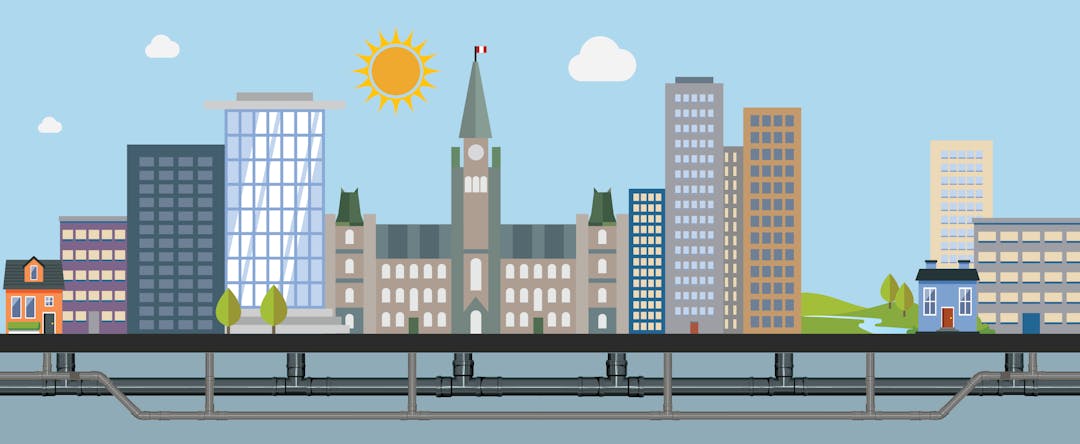Water rate structure review

The City is committed to reviewing the water, wastewater and stormwater rate structure periodically to make sure that it is still serving the needs of our residents and businesses, while still providing the funding necessary to provide exceptional services.

Why is the City reviewing the rate structure?
Water, wastewater and fire supply
Today, the costs to deliver water and wastewater services are recovered through 20 percent from fixed charges and 80 percent from water usage. One of the challenges the City faces is that when there is more conservation, the high reliance on variable cost recovery may lead to inadequate cost recovery; however, the costs required to deliver these services remain the same. To balance water conservation with the cost of delivering services, the City of Ottawa is exploring ways to change how fees are charged.
Stormwater
One of the recommendations the City is exploring is using impervious surfaces captured using aerial imagery as the basis for allocating stormwater charges. Impervious surfaces are areas on a property considered highly resistant to water absorption, such as pavement, asphalt, concrete, brick, building material and structure rooftops.
Although Council preferred the use of impervious surfaces in previous reviews, the lack of readily available data led to the use of property assessment as the measure for allocating stormwater charges for non-residential properties. With technological advancements, City staff can now revisit this cost allocation approach.
What is impervious space?
Impervious space refers to the total paved or other hard surface area of a property, such as building and structure rooftops, which are considered highly resistant to the infiltration of water. The City of Ottawa has a total impervious, hard surface area of 227 square kilometres. Of the City’s total impervious area, 65 per cent is on owned properties, where benefit to each property owner from the stormwater system is equal to the amount of stormwater run-off that enters the system. The remaining 35 per cent is the city’s road network which is shared infrastructure. Drainage from the road network benefits all property owners directly or indirectly. The utility and benefit derived may vary depending on the area.

What could this change in methodology mean for me?
- Residential properties will see minimal changes as the current charge was calculated based on average impervious space.
- Non-residential properties will experience more equitable and transparent charges based on impervious space versus property assessment.
- Properties that don’t pay a stormwater fee today could contribute to shared infrastructure.
- Rural areas with high concentrations of impervious space could have a rate change.
Rural Consultations
Along with our survey we will be hosting public consultation events in rural wards to provide more information on the review and gather your input. Staff are consulting on the development of a rate structure that considers impervious space as the basis for calculating stormwater fees.
| Ward | Date | Location | Time |
|---|---|---|---|
| 1 - Orléans East-Cumberland | Tuesday, June 25 | Navan Memorial Centre - 1295 Colonial Rd | 7:00 pm |
| 5 – West Carleton-March | Monday, June 17 | West Carleton Community Complex - Roly Armitage Hall - 5670 Carp Rd | 6:30 pm |
| 19 – Orléans South-Navan | Tuesday, June 25 | Navan Memorial Centre - 1295 Colonial Rd | 7:00 pm |
| 20 – Osgoode | Thursday, May 23 | Metcalfe Community Centre - 2785 8th line Rd | 6:00 pm |
| 21 - Rideau-Jock Ward | Thursday, May 9 | Richmond Dining Hall - 6121 Perth St | 5:30 pm |
Accessible formats and communication supports are available, upon request.


